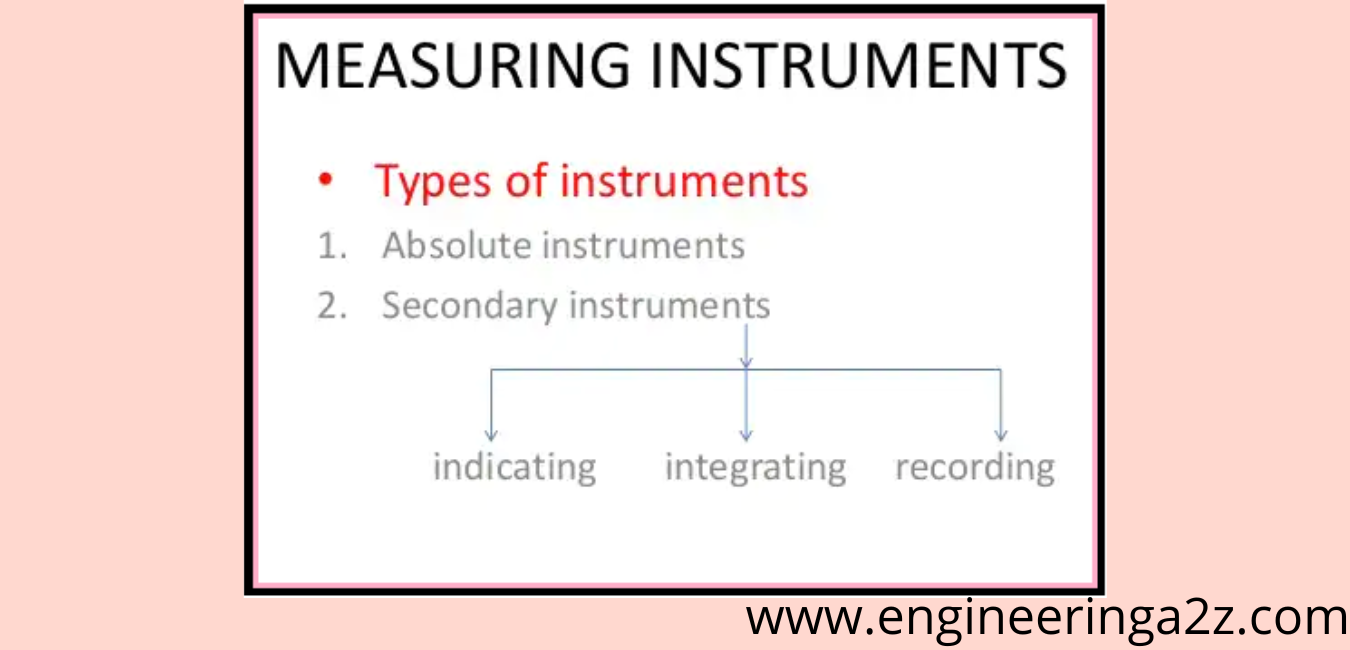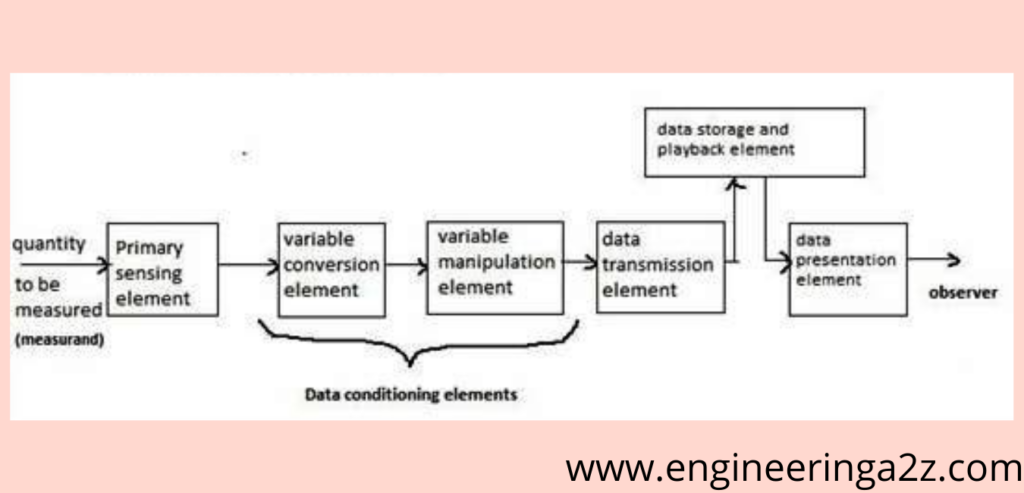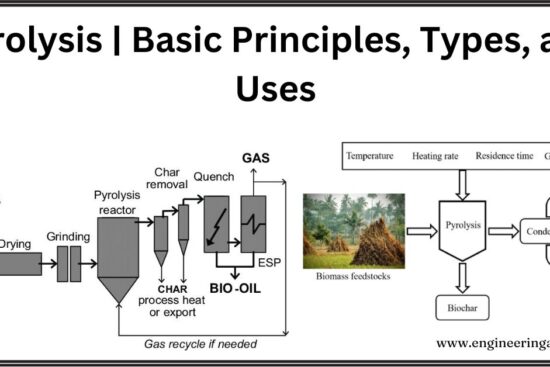

Classification of measuring instruments :- The instruments are used for measuring the unknown quantity. These instruments are used for the measurement of the electrical quantities like voltage, current, power, energy, frequency etc. Depending on the form of outcome electrical instruments are classified as :
1. Absolute instrument
2. Secondary instrument
1. Absolute instrument :- These instrument doesn’t give direct readings but gives in terms of instrumental constant. These are accurate measuring instruments. These are used in research laboratories.
Ex. Tangent Galvanometer ( which gives the measured current in terms of tangent of the deflected angle, the radius & the number of terns of the galvanometer).
2. Secondary instrument :- The deflection of such instrument gives the magnitude of electrical quantity to be measured directly. These are the instrument which are used in practical life.
Ex. Voltmeter, Ammeter, Wattmeter etc.
- They are direct reading instruments. The quality to be measured by these instruments can be determined from the deflection of the instruments.
- They are often calibrated by comparing them with either some absolute instruments or with those which have already been calibrated.
- The deflections obtained with the secondary instruments will be meaningless until it is not calibrated.
- These instruments are used in general for all laboratory purposes.
Secondary instrument are classified as :
(1). Indicating instrument :- These instrument instrument indicate the magnitude of electrical quantity to be measured. The indication is given by pointer moving over a scale.
Ex. Ammeter, Voltmeter, Wattmeter etc.
(2). Integrating instrument :- Integrating instrument are those which measure the total quantity of electricity delivered in a particular time.
Ex. Ampere-hour & Watt-hour or energy meter.
(3). Recording instrument :- These instrument keep a record of continuous variation of the magnitude of electrical quantity. The recording is generally made by a pen on a graph paper which is rotated on a dice or drum at a uniform speed. The amount of the quantity at any instant may be read from the traced chart.
Ex. ECG Machines etc.











Leave a Reply